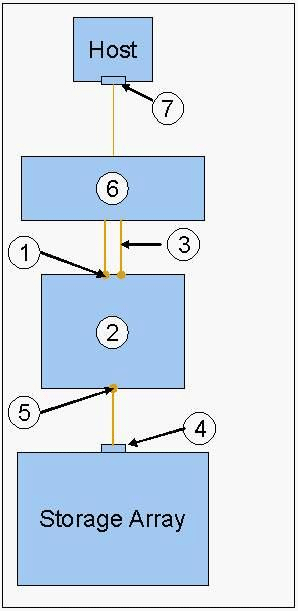Emc 020-001 (Practice) Storage Foundations Exam By
2.
You may optionally provide this to label your report, leaderboard, or certificate.
×
Thank you for your feedback!
















